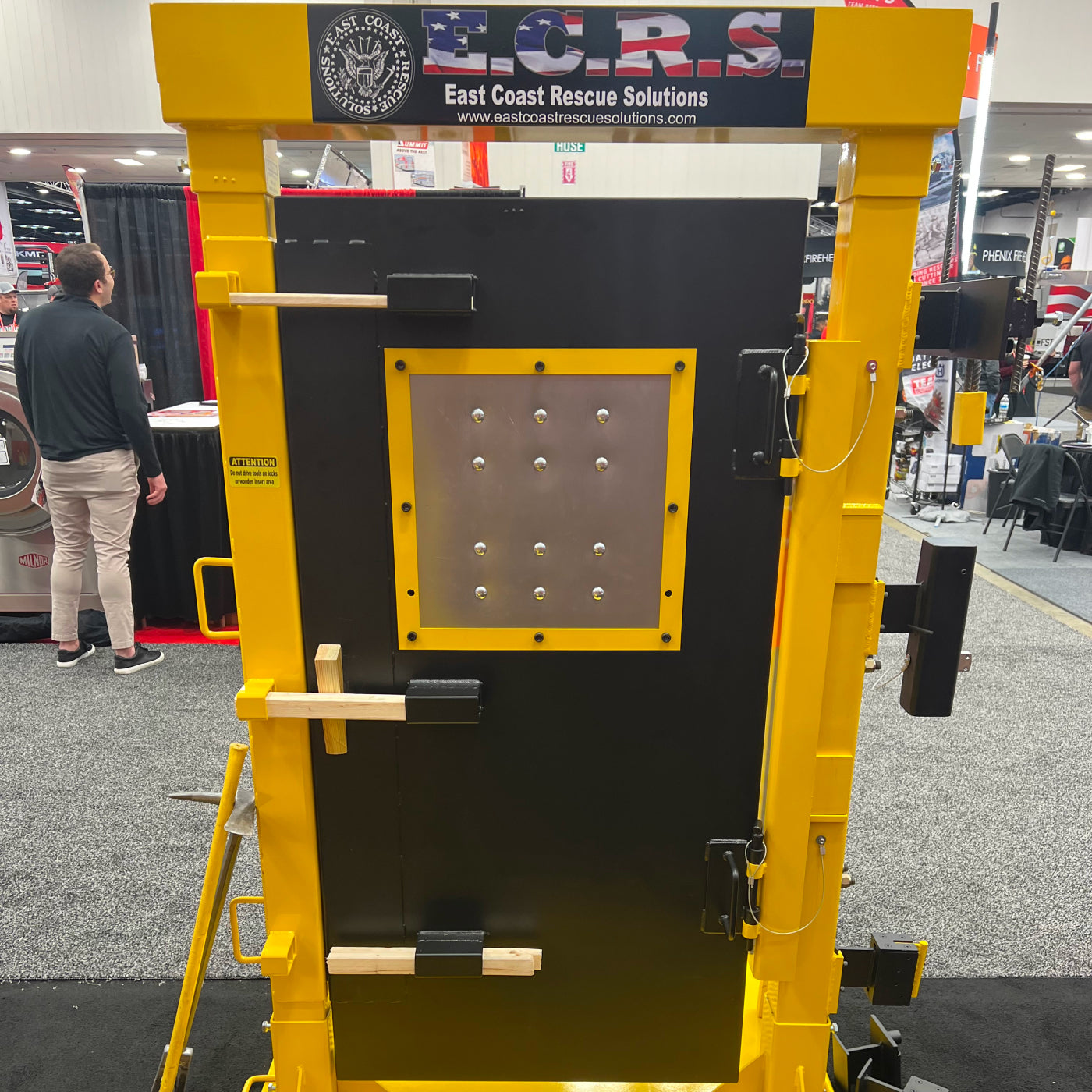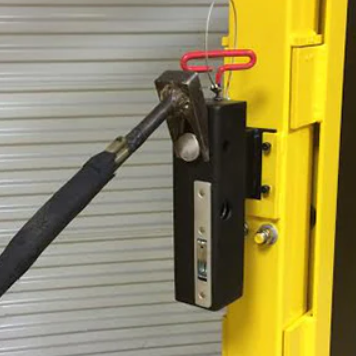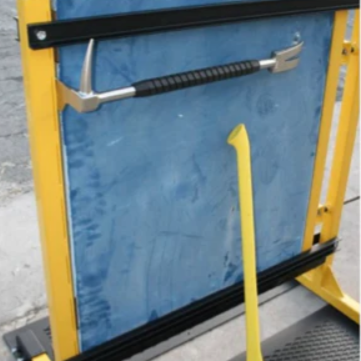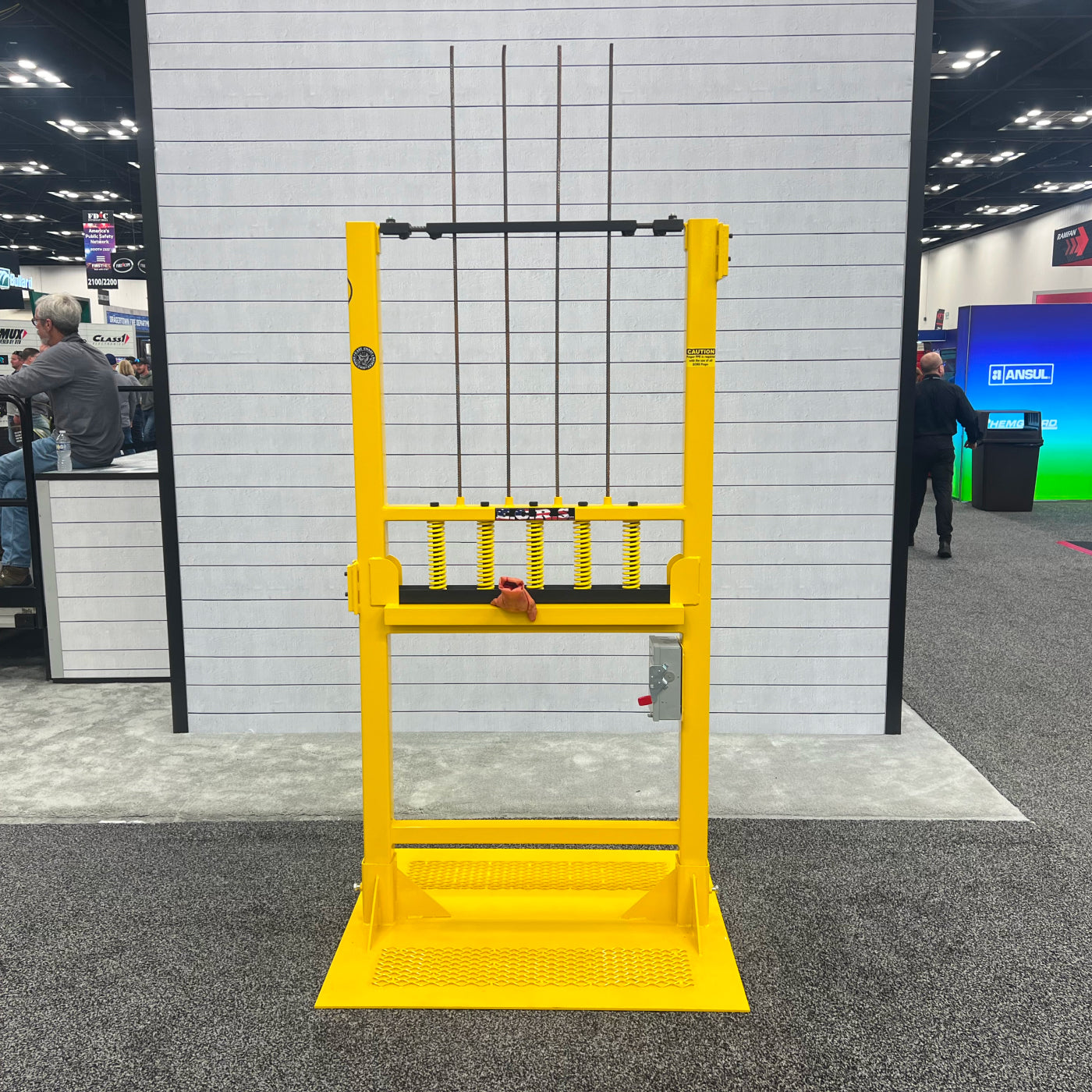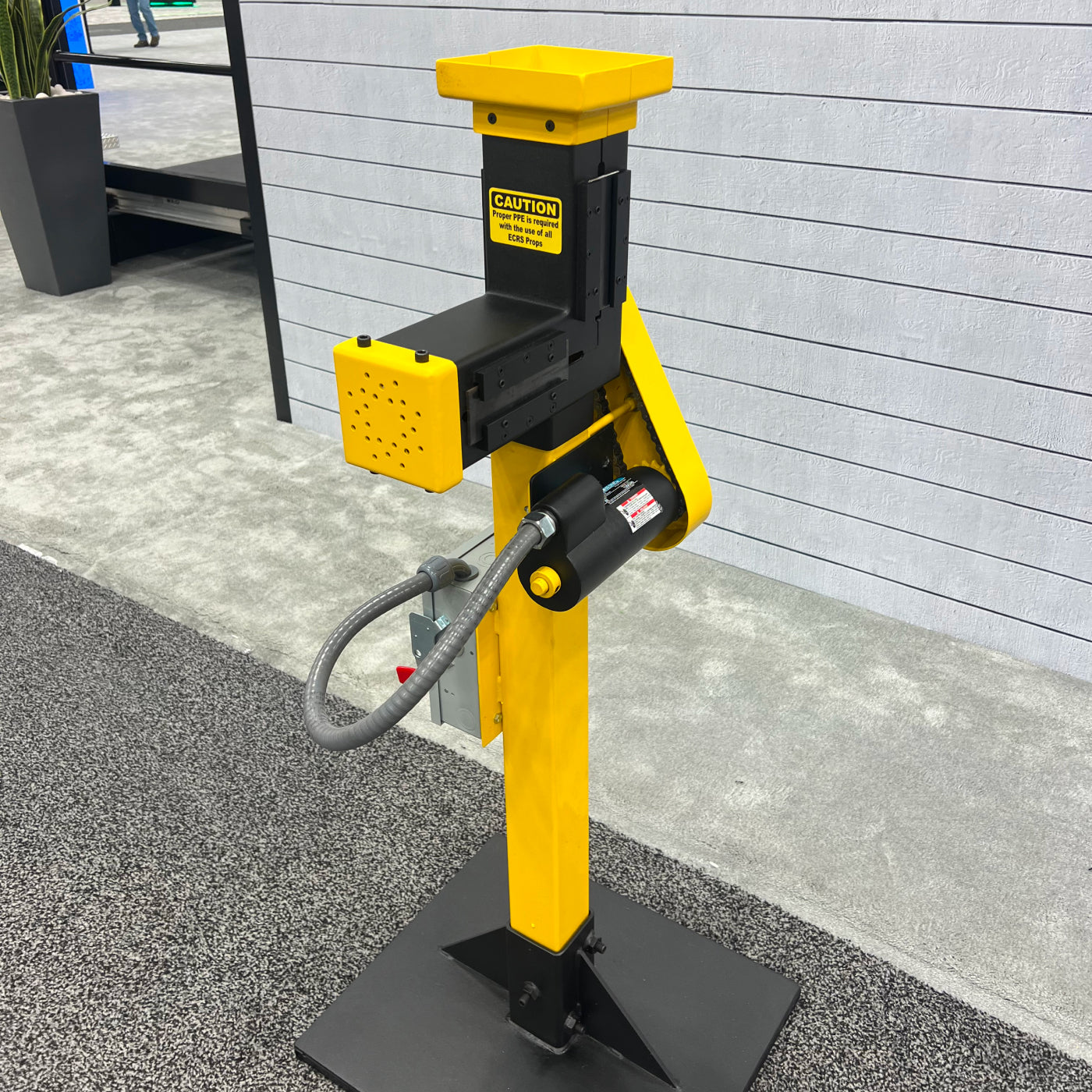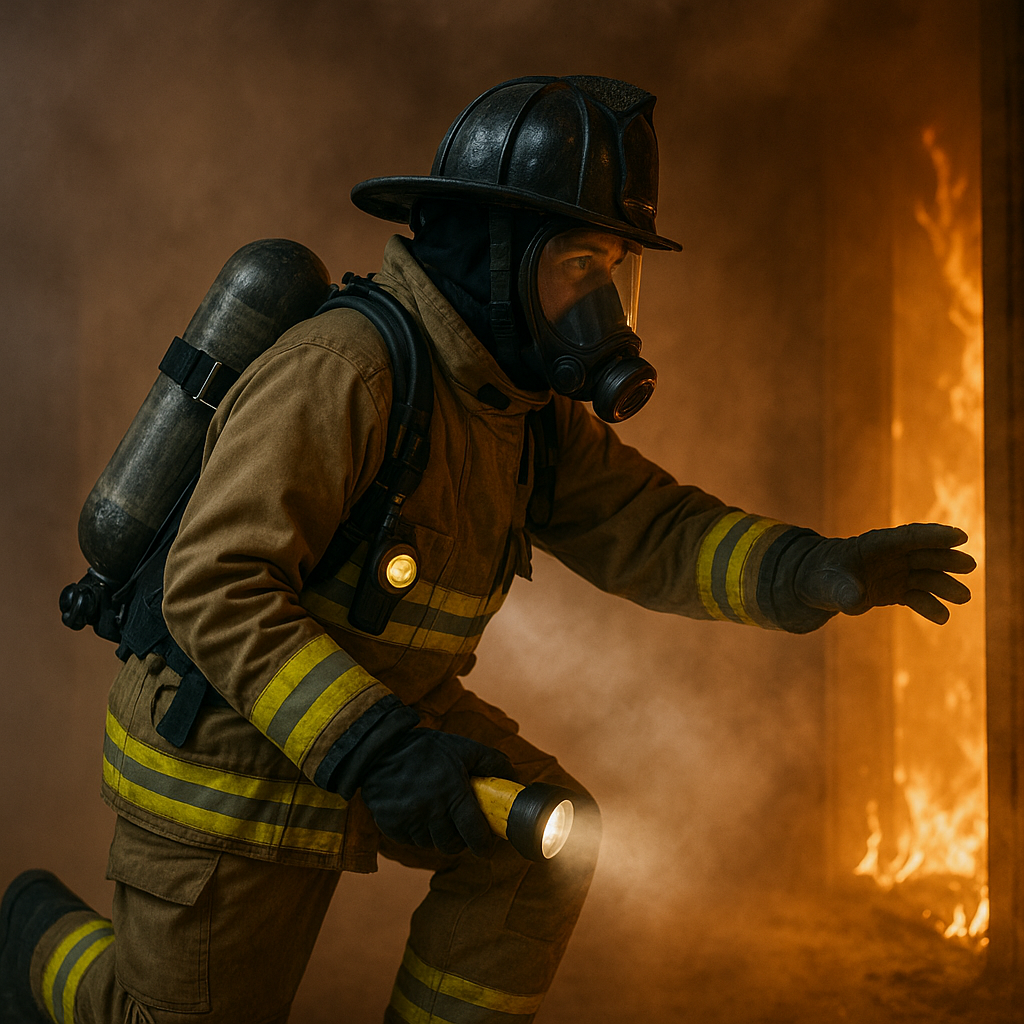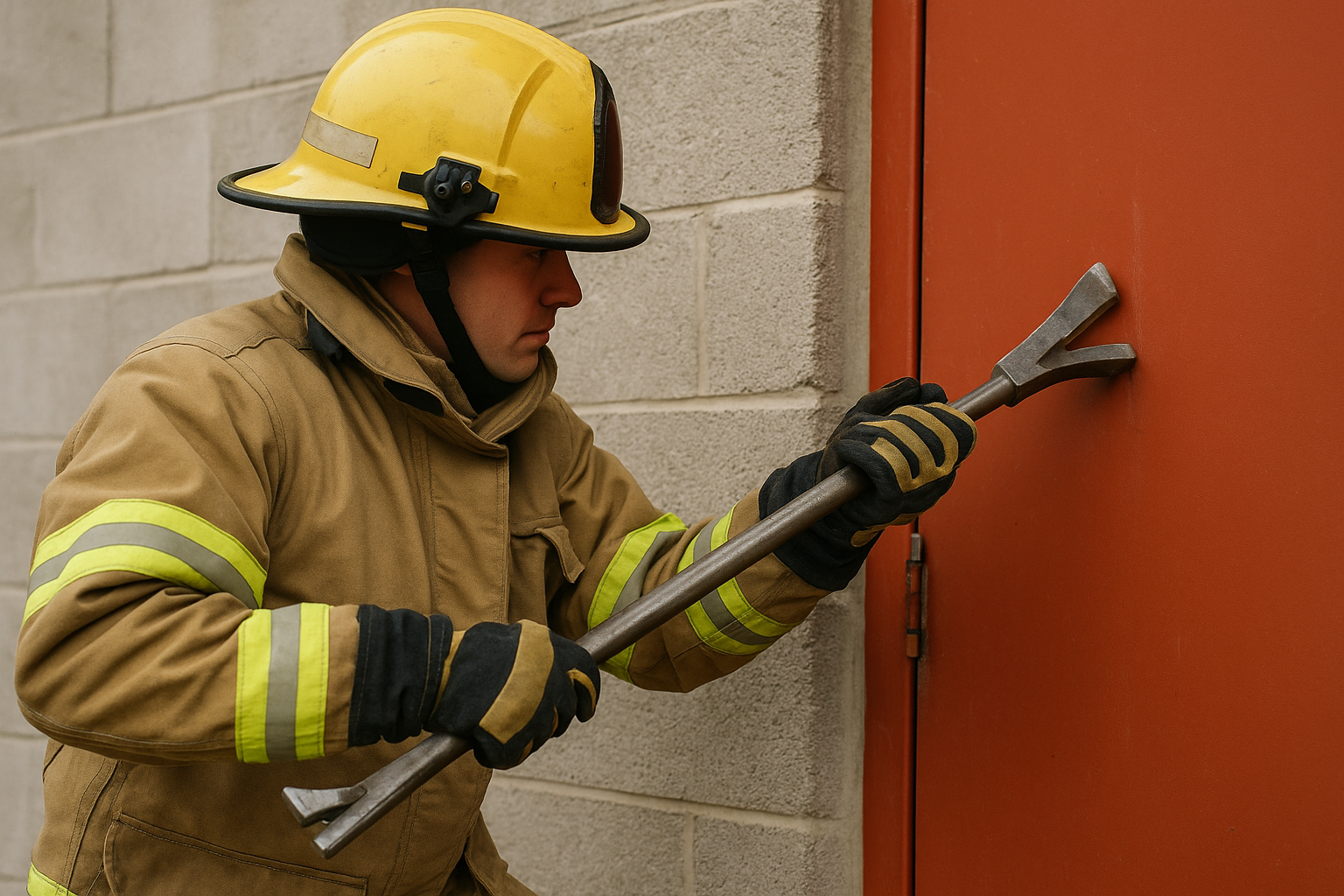Forcible entry has always been a cornerstone of firefighting. Over the decades, the way firefighters breach doors, windows, and barriers has evolved from brute force and improvised tools to refined, methodical techniques backed by research and specialized equipment. This article explores how these changes have shaped modern firefighting.
The Early Years: Brute Force and Improvised Tools
In the early days, firefighters relied on whatever tools they could find—crowbars, axes, hooks, even construction bars. Techniques were simple: apply maximum force at the weakest point. While effective on old wooden doors, this approach was inconsistent and physically demanding, often causing unnecessary structural damage.
The Halligan Revolution
The game-changer arrived in 1948, when FDNY Deputy Chief Hugh Halligan introduced the Halligan bar. Its combination of adze, fork, and pike allowed firefighters to pry, twist, and punch with precision. Paired with a flathead axe—known together as “the irons”—this tool set the standard for forcible entry and replaced improvised methods with a reliable, purpose-built system.
Expanding the Toolbox
As buildings became more secure, firefighters adopted additional tools:
-
Kelly Tool: A precursor to the Halligan, still valued in some departments.
-
Rotary and chain saws: For metal doors, roll-down gates, and fortified storefronts.
-
Through-the-Lock Kits: Devices like K-tools and shove knives to manipulate locks without destroying doors.
-
Hydraulic Spreaders: Occasionally adapted from vehicle extrication for stubborn entry points.
These additions meant crews could choose the least destructive, most efficient method for the situation.
Stronger Doors, Smarter Entry
Modern construction has made forcible entry more complex. Metal frames, reinforced jambs, laminated glass, and multi-point locking systems require firefighters to assess hardware before forcing a door. The focus shifted from raw power to smarter tactics—understanding door construction, lock placement, and potential flow paths.
Influence of Fire Behavior Research
Fire dynamics studies emphasized the importance of door control and ventilation timing. Instead of rushing in, firefighters now coordinate forcible entry with water application and ventilation to prevent worsening conditions. Controlled openings and communication became essential parts of the strategy.
Modern Techniques and Training
Today’s firefighters are trained to:
-
Use gap–set–force sequences rather than brute strength.
-
Apply through-the-lock methods when possible to minimize damage.
-
Practice on adjustable door props to simulate different hardware and conditions.
-
Integrate forcible entry drills with hose movement, search, and ventilation for realistic scenarios.
This structured approach has improved efficiency, reduced injuries, and preserved property.
Looking Ahead
Future developments—lighter alloys for Halligans, improved battery tools, and advanced training analytics—will continue to refine forcible entry. Yet the principles remain the same: size up the situation, choose the safest and fastest method, and coordinate with the crew.
Conclusion
From improvised crowbars to sophisticated Halligans and saws, forcible entry has evolved into a precise, knowledge-driven skill. Modern firefighters combine tradition with technology, ensuring faster, safer, and more effective access when every second counts.

